1. Corporal Punishment Was the Norm
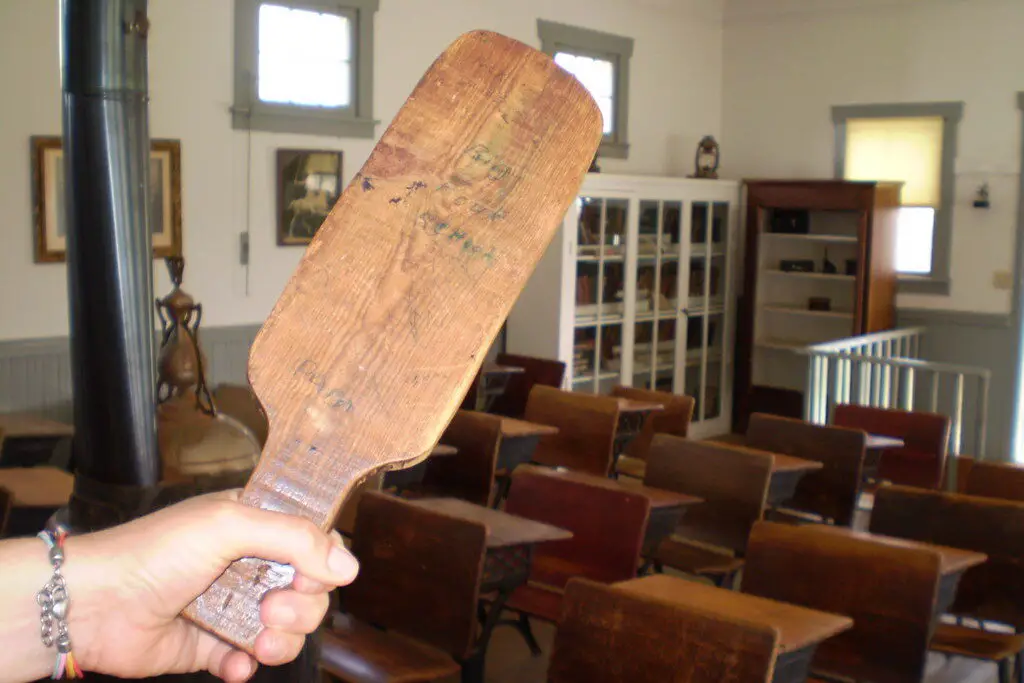
In the past, corporal punishment in schools was a regular method of discipline. Teachers would often use physical punishment, like paddling, to correct students’ behavior. It wasn’t uncommon for children to be sent to the principal’s office for a good smack or even have their hands slapped with a ruler for minor infractions. Some educators saw this as an effective way to maintain order and instill discipline, while others simply believed it was a part of the learning process shares Human Rights Watch.
Fast forward to today, and corporal punishment is banned in many places across the world, replaced by policies that prioritize mental and emotional well-being. Schools now focus on conflict resolution, counseling, and positive reinforcement to address behavioral issues. Parents and educators have largely rejected physical discipline, and in most places, it could result in termination for the teacher and legal trouble. The idea of a teacher physically punishing a student is unimaginable for most people today.
2. Boys and Girls Were Separated
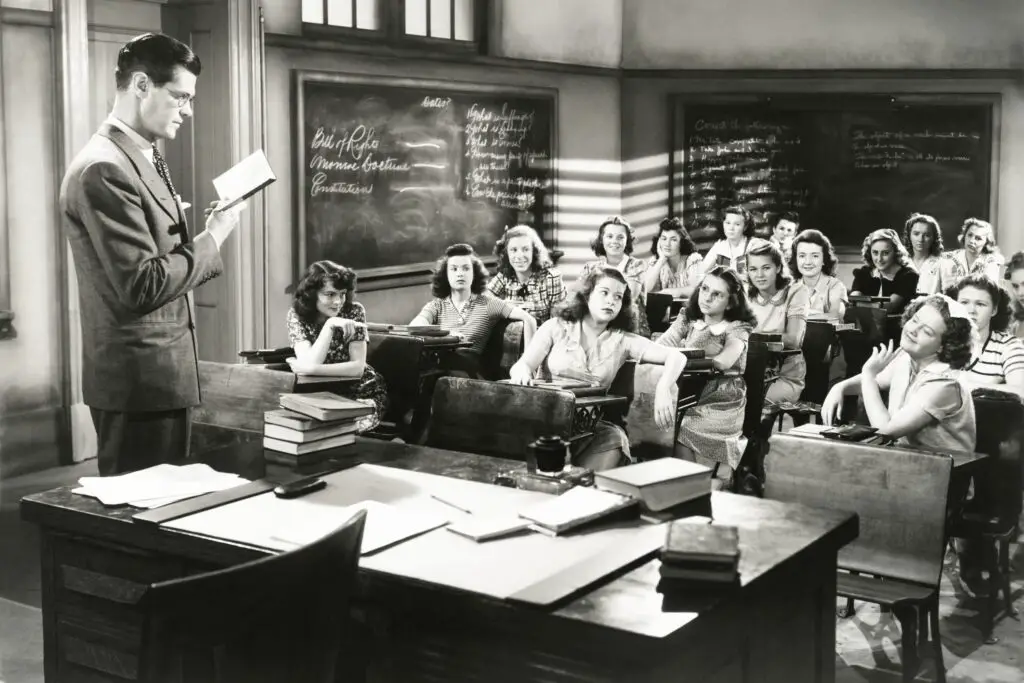
It wasn’t all that uncommon for boys and girls to have separate classrooms in many schools. It was believed that mixing the sexes in learning environments would distract students and negatively affect their academic progress. In some cases, boys would learn subjects like math and science, while girls focused on arts and domestic skills. The rationale behind this separation was that different genders should receive different educational experiences, based on the belief that they inherently had different capabilities says Learning for Justice.
Nowadays, separating boys and girls in school is viewed as outdated and limiting. Co-ed schools have become the standard, with both boys and girls sharing classrooms for nearly every subject. Research shows that mixed-gender environments are more beneficial for social and academic development, helping students learn to work together and respect each other’s differences. In fact, many schools now encourage collaboration and teamwork across genders to prepare students for the real world.
3. The Use of “Inkwells” in Classrooms

In the days before ballpoint pens, students were given inkwells and quills to write with. Every student had their own ink reservoir, which they’d dip their pen into for every sentence. This method required constant maintenance—one spill could lead to ruined papers and messy desks. Teachers also had to monitor ink levels and ensure there were enough supplies to go around adds the Guardian.
Today, these inkwells are long gone, replaced by modern pens, pencils, and even digital devices in some classrooms. Writing is faster and cleaner, with no need for ink refills or constant cleanup. Students can now focus on the content of their work, rather than the mechanics of writing. The ease and convenience of modern writing tools have made the old inkwells seem like a distant memory, one many would prefer to forget.
4. Rigid Dress Codes
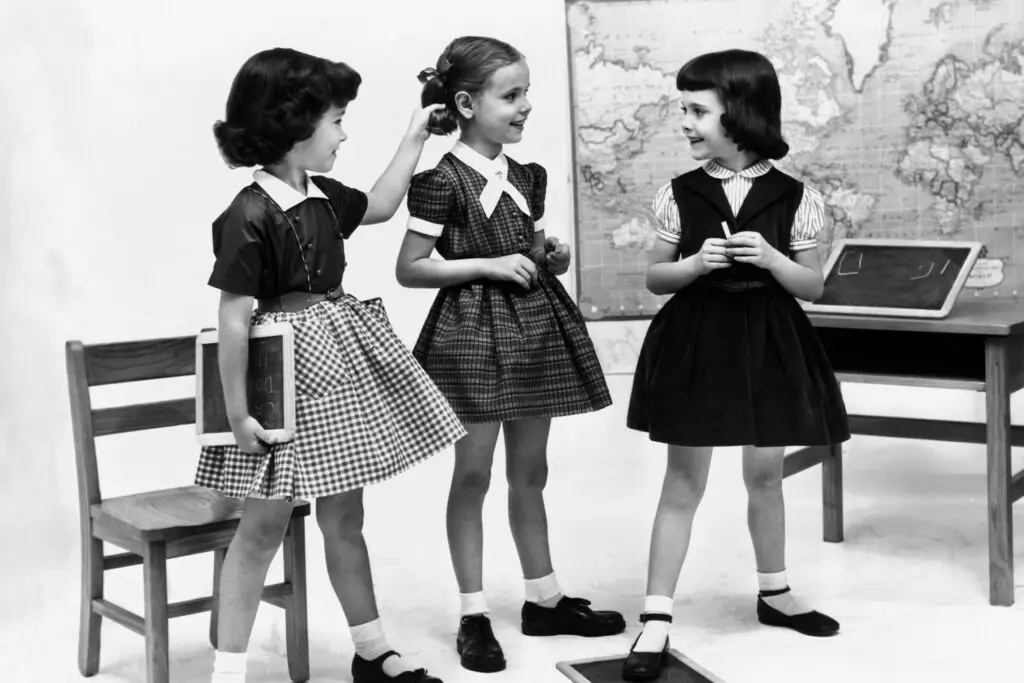
School dress codes of the past were often extremely strict. Boys had to wear collared shirts and trousers, while girls were expected to wear dresses or skirts. Shorts, jeans, and even certain colors were often banned, and students were reprimanded for not adhering to these rules. The dress code was seen as a way to maintain discipline and uphold a “proper” school image, which often meant stifling individual expression.
Today, dress codes have become more flexible and inclusive, though they still vary by school. Many schools now allow students to wear jeans, t-shirts, and even hoodies, as long as they’re not offensive. There’s a growing focus on comfort, self-expression, and gender inclusivity in school dress policies. While some schools still enforce limits on clothing like crop tops or hats, students are generally given more freedom to express their style than they were in the past.
5. Long School Days and Short Breaks
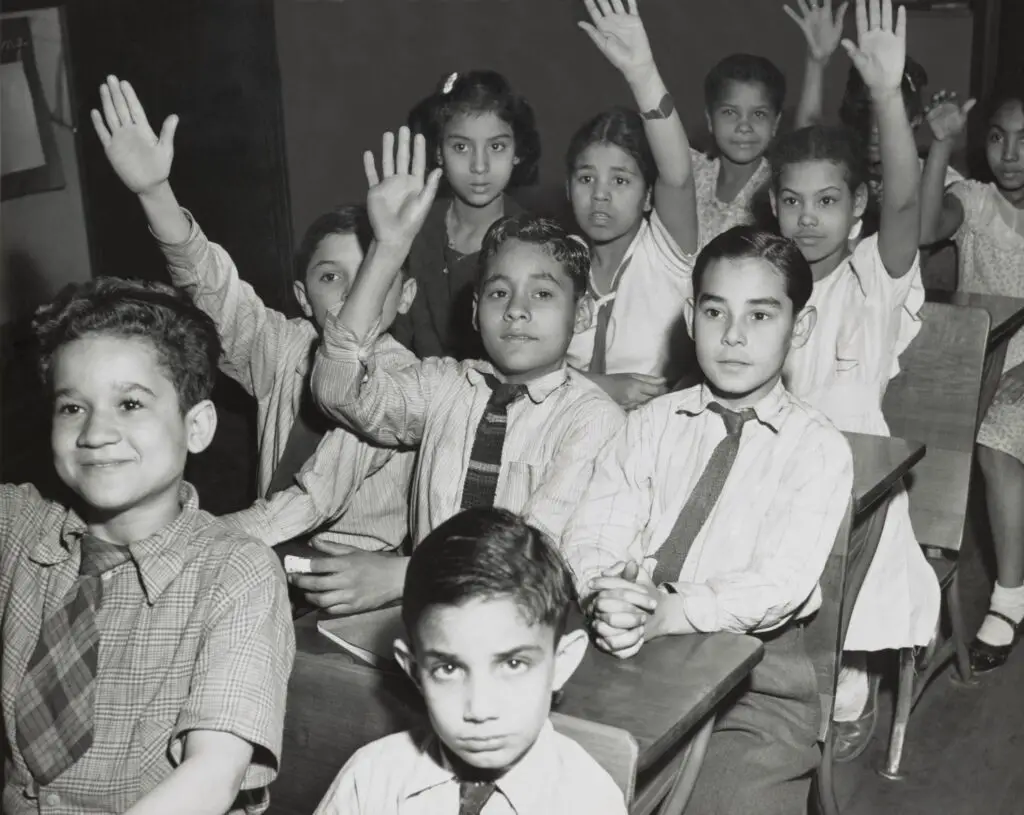
Back in the day, school days were often much longer, with little time for breaks. Students could be stuck in class for hours, only getting brief moments to eat lunch or take a quick break. Some schools even had students stay after school for additional lessons or detention, and there was little regard for mental or physical fatigue. The emphasis was on productivity and getting as much education in as possible.
Today, many schools focus on creating balanced schedules that include ample time for breaks and recess. Research has shown that kids need time to refresh their minds and bodies to maintain focus and perform well academically. Modern schools often schedule shorter, more frequent breaks throughout the day, and after-school programs are designed to be both fun and educational, without overloading students. The emphasis is now on well-rounded education, which includes physical and mental wellness.
6. “Tardy” Students Were Punished Severely
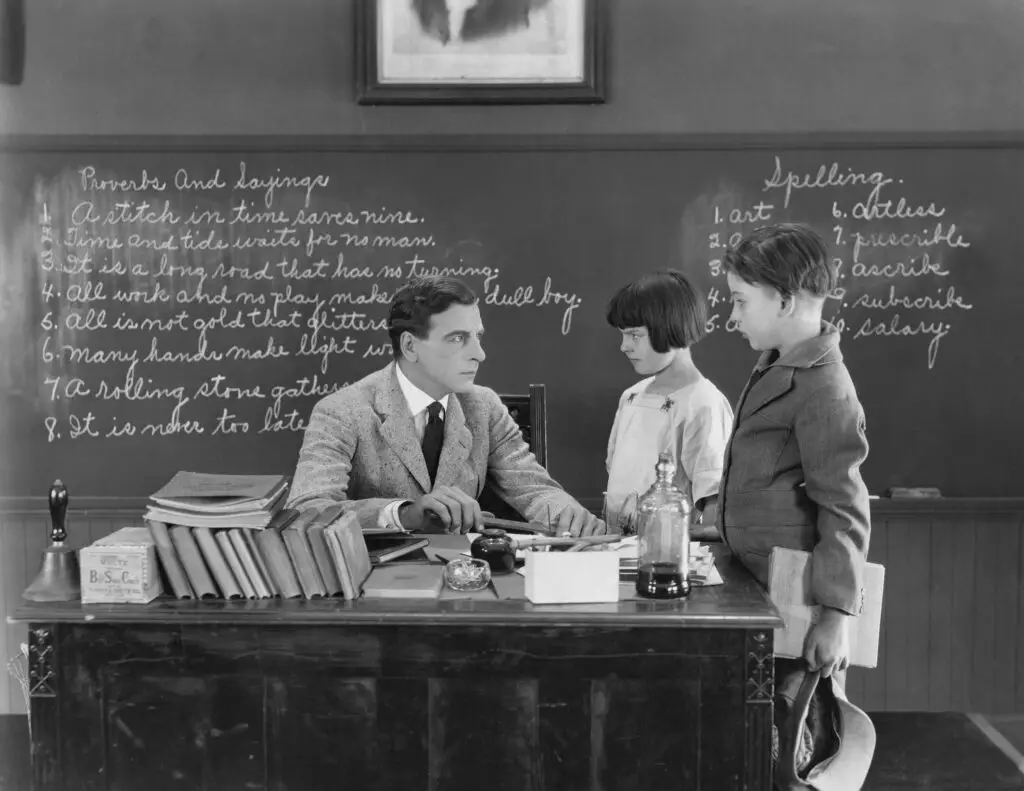
In the past, being late to class wasn’t just an inconvenience—it was often met with severe punishment. Students who showed up after the bell could be made to stand in the corner, miss out on recess, or even face corporal punishment. Teachers and principals took punctuality very seriously, believing that strict adherence to time was key to building good habits and discipline.
Today, schools take a more understanding approach to tardiness. While punctuality is still important, schools recognize that students may face a variety of challenges that prevent them from arriving on time. Whether it’s transportation issues, family problems, or other obstacles, schools are more likely to offer support and flexibility. Chronic tardiness may still result in consequences, but it’s more likely to be addressed with counseling and intervention, rather than harsh punishments.
7. No Talking in Class, No Exceptions

Silence in the classroom used to be the golden rule. Students were expected to sit quietly, listen attentively, and refrain from speaking unless called upon by the teacher. Group work and collaboration were not as common, and talking was seen as a disruption. Teachers were viewed as the sole source of knowledge, and students were there to absorb, not engage.
Now, classrooms are designed to be more interactive and collaborative. Group discussions, peer learning, and hands-on projects are integral parts of the modern education system. Students are encouraged to ask questions, express their opinions, and work together on assignments. Teachers still maintain order, but they understand the value of student engagement in learning, allowing students to become more active participants in their education.
8. Girls Couldn’t Play Sports
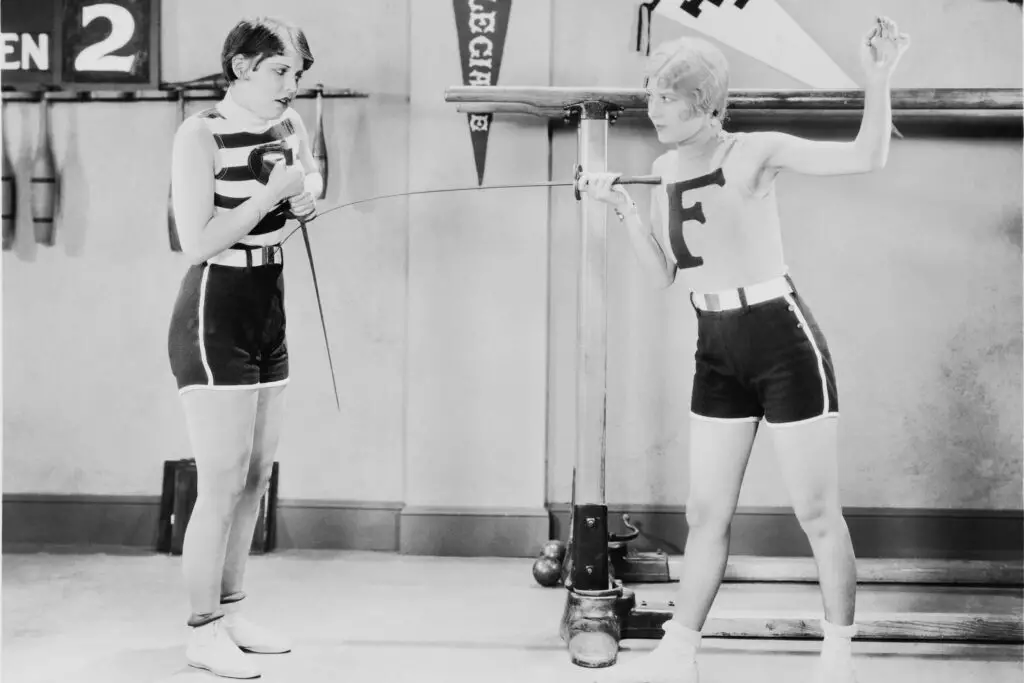
In the past, physical education and sports were often reserved for boys, with girls being excluded from most athletic activities. Girls who did participate were often limited to activities like cheerleading or gymnastics, while boys had access to the more competitive and popular sports. This gender disparity in sports was rooted in outdated ideas about physical strength and capabilities, leading to missed opportunities for many girls.
Thankfully, times have changed. Title IX, a law passed in the 1970s, ensured that girls and boys had equal access to educational opportunities, including sports. Today, girls participate in nearly every sport, from basketball to soccer to track and field, and they often compete at the same level as boys. Schools now encourage both genders to pursue their athletic interests, and female athletes are increasingly seen as powerful role models for young students.
9. Strict Segregation of Subjects

In earlier decades, students’ subjects were more rigidly separated by gender, and sometimes even by class. For example, girls might have been steered toward subjects like home economics or sewing, while boys were pushed toward science, math, and shop class. This separation limited students’ opportunities to explore a variety of subjects and develop a diverse skill set.
Now, the goal is to create well-rounded students with a broad range of academic interests. Schools emphasize the importance of exposing all students to every subject, regardless of their gender. Today, both girls and boys are equally encouraged to pursue STEM fields, arts, literature, and any subject that interests them. The focus is on creating opportunities for all students to thrive in whichever area they choose, without the constraints of outdated stereotypes.
10. Mandatory Religious Classes
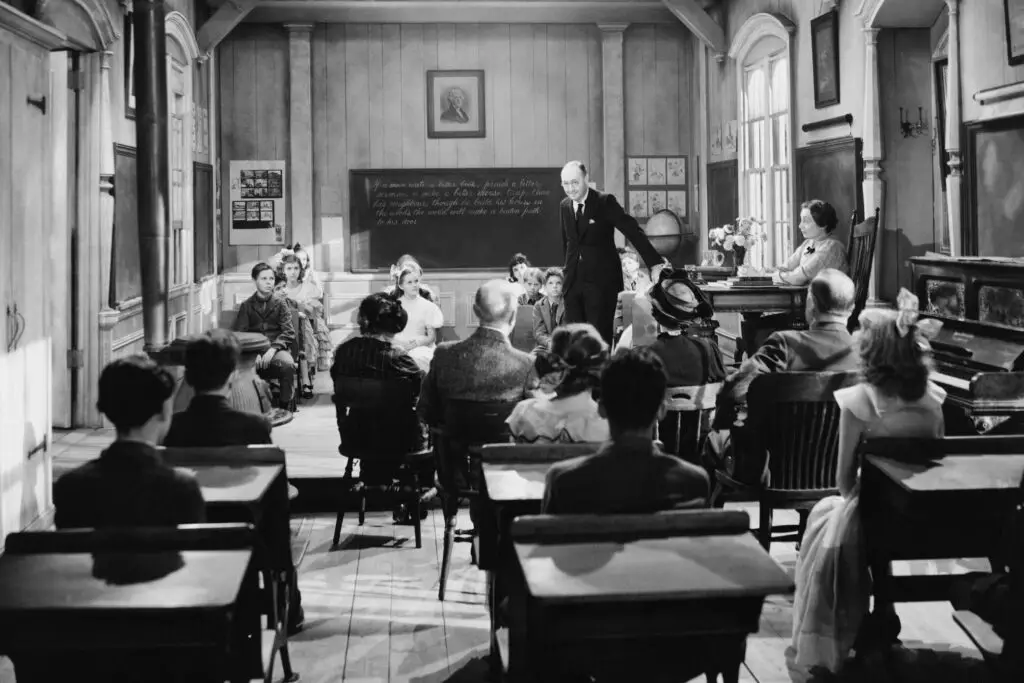
For much of history, religious education was a mandatory part of the school curriculum, especially in private and parochial schools. Students were required to study religious texts, attend chapel services, and engage in religious rituals as part of their education. Even in public schools, students might have been taught religious principles or moral values from a specific religious perspective.
In modern education, religious studies are generally optional, and public schools are required to maintain separation between church and state. Students today can still learn about different religions in the context of world history or culture, but they’re not required to practice or adhere to any specific religion. The focus is on teaching respect for different beliefs, rather than promoting one above the others.
11. One-Size-Fits-All Learning Methods
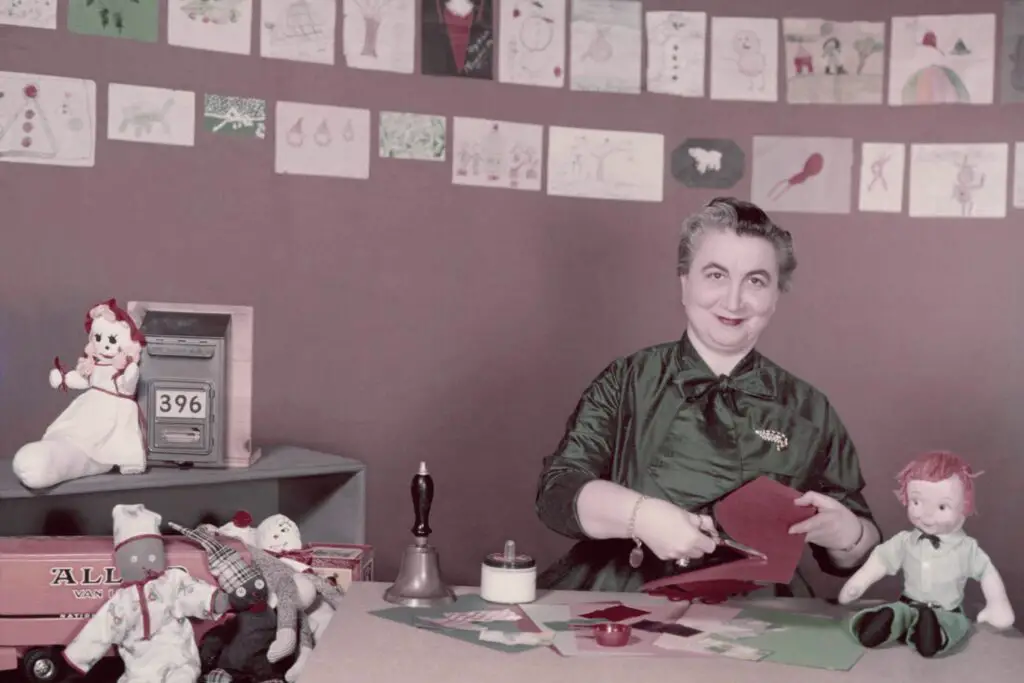
In the past, the teaching style was often “one size fits all,” with little attention paid to different learning abilities. Teachers would deliver the same lesson to every student, regardless of whether they needed extra help or learned differently. Struggling students were often left behind, while those who excelled were not always challenged enough. The idea was that everyone should keep up with the same pace, whether they were ready or not.
Today, educators recognize the importance of tailoring lessons to meet individual needs. Differentiated instruction has become a key focus, with teachers using different methods, tools, and resources to cater to varying learning styles and abilities. There’s also a greater emphasis on special education programs, which provide additional support for students who need it. The goal is to ensure every student has an equal opportunity to succeed, regardless of their background or learning style.
12. The Teacher Was Always Right
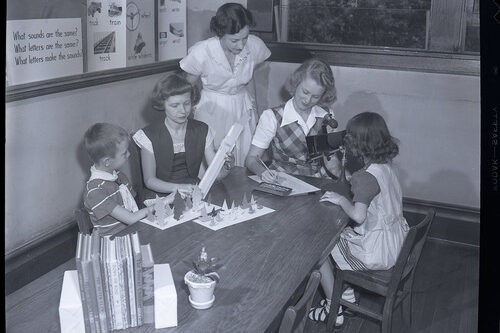
It used to be that teachers were seen as unquestionable authority figures. Students were expected to follow instructions without questioning or challenging anything the teacher said. This created a hierarchical system where students were supposed to be passive recipients of knowledge, and any dissent was seen as disrespectful. Even if a teacher made a mistake, students were rarely encouraged to speak up.
Today, the relationship between teachers and students is more collaborative. Students are encouraged to think critically, ask questions, and even challenge ideas in a respectful way. Teachers are still respected for their expertise, but they also value input from their students and understand that learning is a two-way street. This shift has led to more dynamic classrooms where students feel empowered to be active participants in their education.
